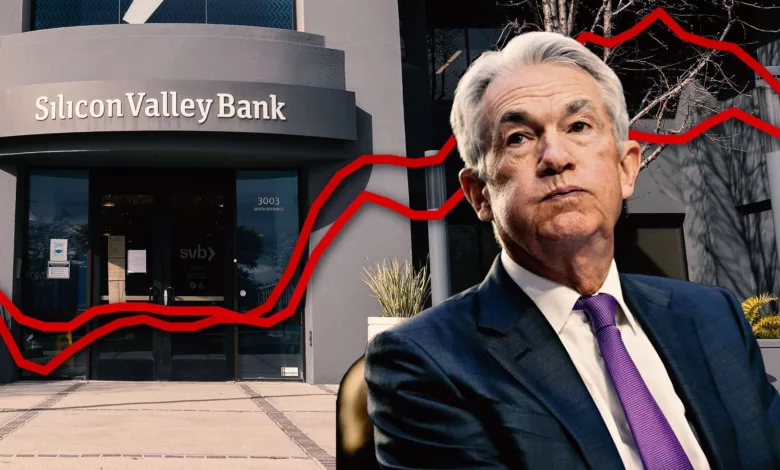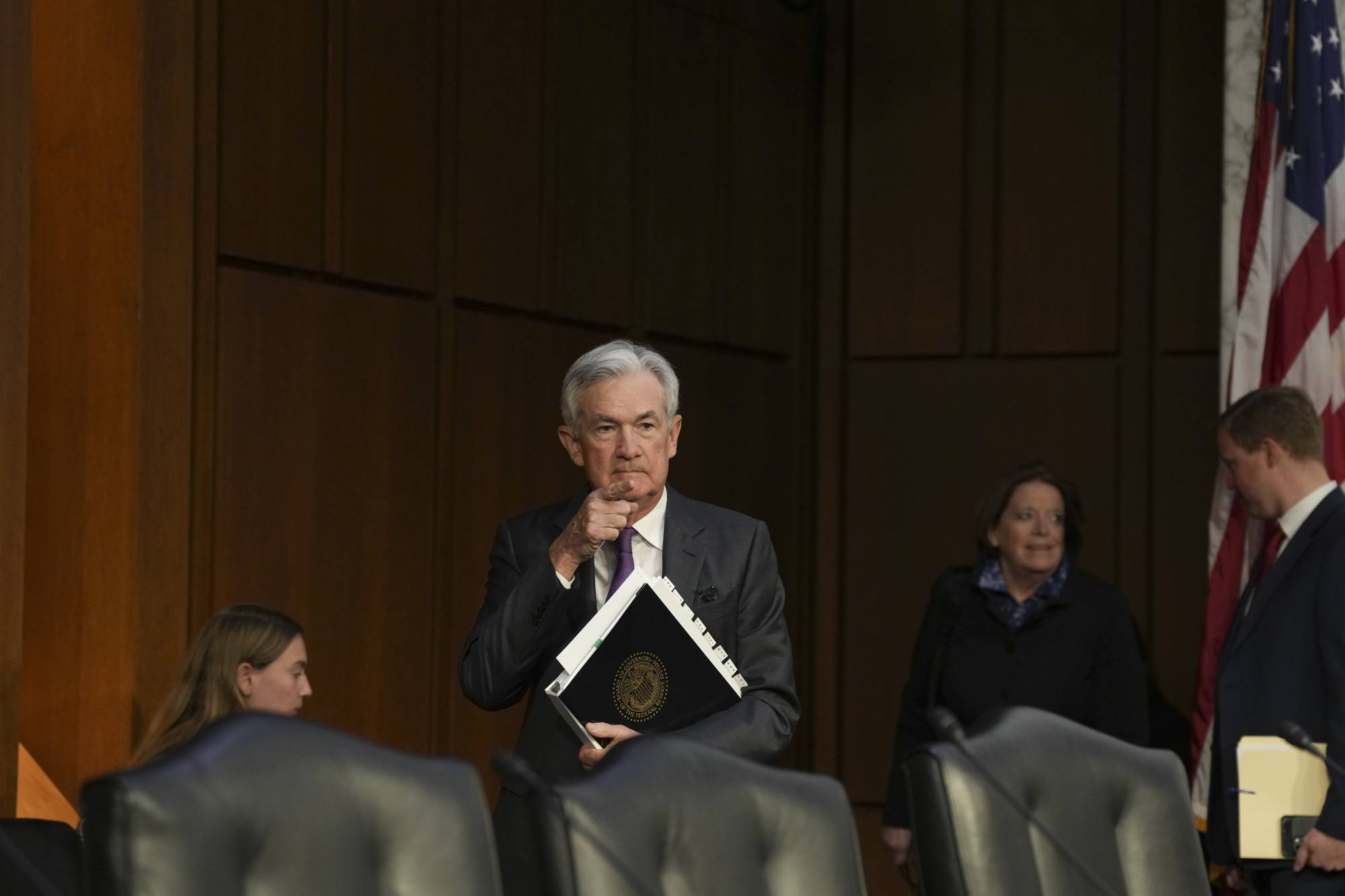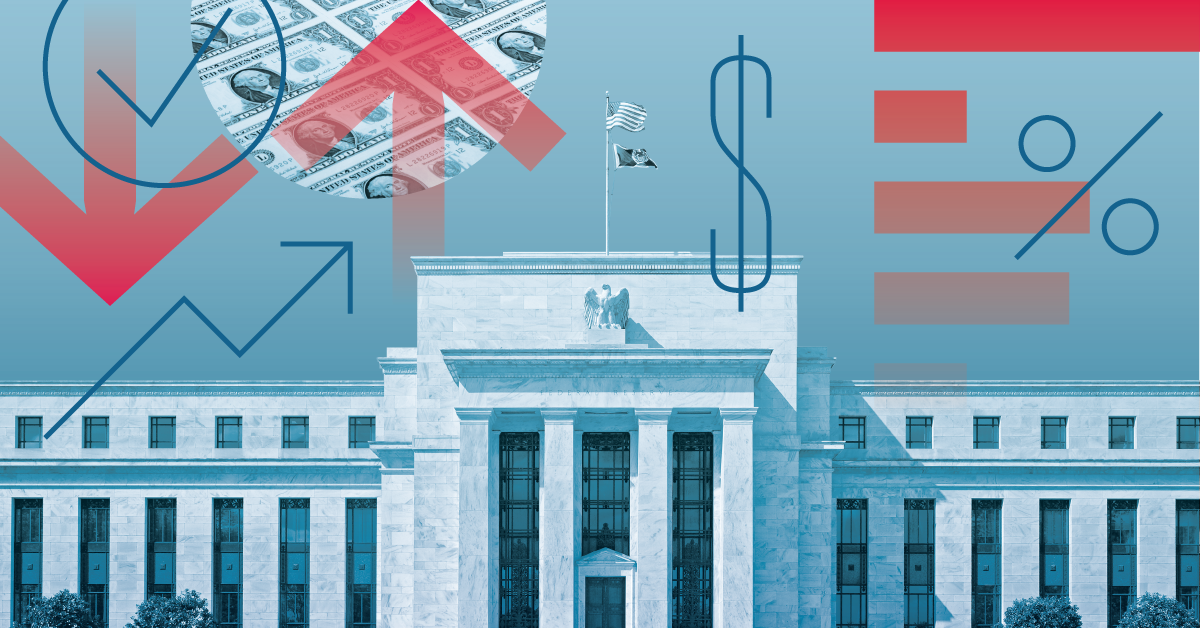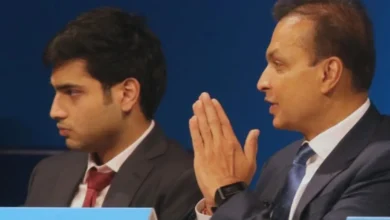Will The Fed Increase The Interest Rates Further? Yes, It Did, Hikes Interest Rates To The Highest Level In 16 Years By 0.25%; But Is It Enough To Stop The Cracks In The Complex Global Financial System?
The Federal Reserve, the U.S. central bank also known as the Fed, had a pivotal decision - to continue its aggressive fight against inflation or to hold interest rate hikes for the time being. However, it decided to increase interest rates for the ninth time in a row by 0.25% in an effort to bring inflation down, which stood at 6% in the U.S. over the 12 months to February. As Banks and the financial system are back in the headlines, and not for the right reasons, raising a question, how worried should we be getting?

The Feds had a tough decision to make, especially after the spectacular collapse of two American Banks, SVB and Signature Bank, whether to go on for another hike in interests rates or to put it on hold, and the decision was made – it raised the Interest Rates To The Highest Level In 16 Years By 0.25%.
But this was a catch-22 situation for the Feds since making another big interest rate hike would mean worsening or aggravating the global banking turmoil, which started much with SVB, followed by the 166-year-old bank Credit Suisse debacle.
At the same time, if the rates were not increased or by a little, it could only lead to inflation raising its ugly head again. More importantly, it would indicate to investors that there is more to this debacle saga hence heightening concern among investors that the situation may, in actuality, be much worse than anticipated, resulting in more panic.

The Story So Far –
The roller coaster started with the interest rates, which have been constantly increasing as the central bank tried to reduce inflation, which has also been continually rising.
The U.S. central bank began much of its rate-hiking campaign early last year as inflation began to surge all across the board, and after mistakingly calling inflation “transitory”, it kicked into high gear and started to increase interest rates.
It raised interest rates eight times in early 2022, from just 0.25% to 4.75% in February 2023; notably, this is the fastest pace of rate increases since the 1980s.
At the same time, consumer prices jacked up by 6% in February from last year, and while this is significantly down from last year’s peak of 9% in June 2022, it is still very much higher than the Feds inflation target of 2%.
Two American Banks Sealed The Deal
Overnight and out of nowhere came the shocking news that Silicon Valley Bank, followed closely by Signature Bank, collapsed.
Now, Silicon Valley Bank didn’t deal with regular customers like you or me but with tech firms. These founders put a lot of money into their accounts – SVB and SVB needed to work out where to put that money.
In their case, they put it mainly into a type of bond, which turned out to go down in value when interest rates went up.
Secondly, these depositors had so much money in their accounts, over US$300 billion in assets between the two banks and became the second and the third largest banks to fail in U.S history.

Panic Spreads Globally
Global markets got spooked as panic spread to other regional banks, First Republic and irrespective that a $30 billion rescue of First Republic by much larger banks, including JPMorgan Chase and Bank of America, failed to stem the growing unease, raising the prospect of even bigger and more widespread bank failures.
The Feds Rate Hikes Costs Banks
The problem that the Feds are facing is that if they increase the interest rates more than what the markets – 0.25% – it could spur further anxiety. What is even more of a concern is that any more percentage rate hike could lead to further trouble for other banks, like what happened in the case of SVB, as indirectly, the Feds are responsible for what happened.
Falling Value Of Bonds
Now as interest rates go up as they did for the entire year of 2022, the values of existing bonds drop.
Banks finance themselves mainly by taking in deposits; they, in turn, use these short-term deposits to either lend or make investments for a longer term at higher rates.
But herein is the thing, even investing in short-term deposits in longer-term securities creates what is termed as interest rate risk, meaning as interest rates go up, the values of existing bonds drop.
And this is precisely what gives way to a bank run, as is the case with what happened with SVB. The bank was forced to sell $21 billion worth of securities at a loss of $1.8 billion since they lost their value because of the Fed’s rate hikes, fulling crises.
When the SVB customers got the idea, they tried to withdraw $42 billion on Mar 9 alone, but the bank simply could not meet the demands hence a classic – bank run!

Further Risks
The entire banking sector is essentially sitting on $620 billion worth of unrealised losses as of Dec 31, 2022. If the rates continue to be hiked, the value of the bonds will keep going down, which fundamentally leads to a bank’s financial situation weakening.
What’s the Problem Facing the Feds?
The Fed’s problem is challenging, and it is more complex than just putting the rate hikes on hold – inflation has been a critical problem that the U.S. economy has been facing since 2021.
Prices of almost every commodity, from homes, cars, and energy to food and so much more, have been rising for consumers; think of this – the last time that the Fed’s had to raise rates so high was in the early 1980s, and it sent the U.S economy twice into recession.
High inflation results in quickly cutting into how much things the money can buy at the same time it also makes saving money more difficult since it eats at the value of the savings.
Secondly, when high inflation persists, it gets very difficult to control. This is why the Feds resorted to jacking up the rates so fast, and any pause now would mean that inflation may stay higher for a more extended period of time.
Additionally, suppose the Feds now step back from its one-year-old inflation campaign. In that case, it may send the wrong signal to investors, for if the central bank reveals that they are really concerned about a possible banking crisis, it may indicate to the markets that the financial system is in serious trouble. Things may be direr than previously thought.
Conclusion: Unfortunately, the very complex global financial system is showing some signs of cracks developing.
Three U.S banks collapsed in just a few days, and a 166-year-old second largest bank in Switzerland was on the edge of collapse, saved in time by the Swiss government that orchestrated a bargain sale to rival USB.
The banks in the U.S. seem to be back in time – 2008 as they requested loans from the Feds when the financial system all but collapsed then, and to further compound the matter is the question of liquidity in the Treasury market – which is drying up!
It is a tough one for the Feds, Indeed.




